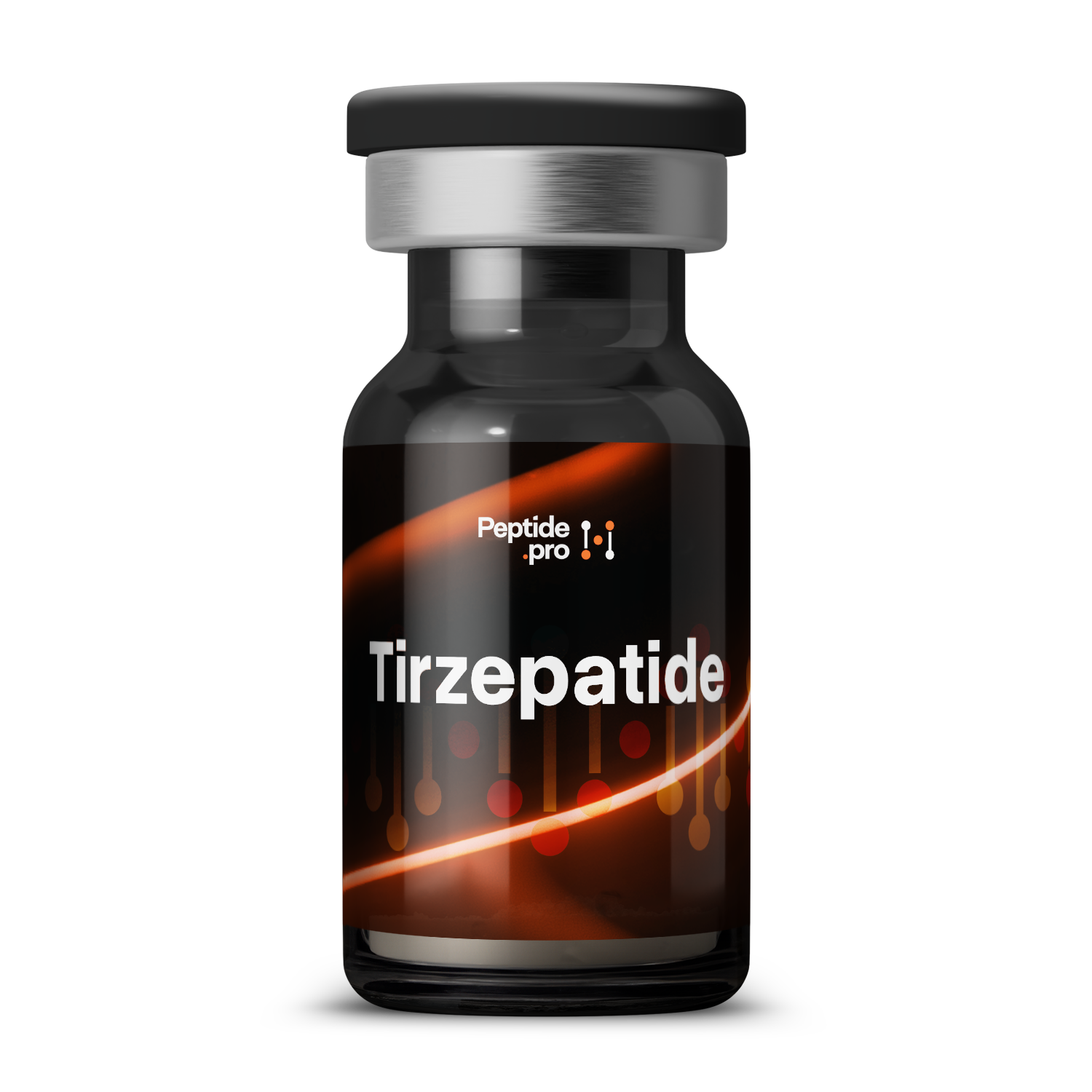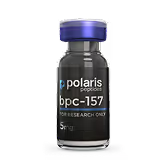Compound Overview
About the product
The molecule is a 39–amino-acid peptide engineered with amino-acid substitutions to balance affinity at GIP and GLP-1 receptors. A C-20 fatty-acid (acyl) side chain is attached to allow reversible albumin binding, extending its half-life to enable once-weekly dosing. All residues are natural L-amino acids except for one strategic substitution; the lipid linker confers stability and slows renal clearance. Purity exceeds 95 percent by HPLC, with identity confirmed by mass spectrometry.
Tirzepatide binds GIP and GLP-1 receptors on pancreatic β-cells to amplify glucose-dependent insulin secretion and on α-cells to suppress glucagon release. In the central nervous system, it reduces appetite via GLP-1 pathways. Activation of GIP receptors may enhance energy expenditure and fat metabolism. Together, these dual actions improve glycemic control and promote weight loss more effectively than single-agonist therapies.
The peptide is used to lower blood sugar in type 2 diabetes and to achieve significant weight reduction in obesity treatment. Clinical trials demonstrated marked reductions in HbA1c and body weight, often exceeding 15 percent of baseline weight, along with improvements in blood-pressure and lipid profiles. It is indicated as a once-weekly subcutaneous injection for adults with type 2 diabetes inadequately controlled on other therapies, and at higher doses for obesity management.
Common adverse events are gastrointestinal—nausea, vomiting, diarrhea, and constipation—which generally diminish over several weeks of treatment. Injection-site reactions and mild headache are also reported. Rarely, gallbladder-related events may occur. Tirzepatide is contraindicated in patients with a personal or family history of medullary thyroid carcinoma. Monitoring includes periodic assessment of gastrointestinal tolerance and thyroid status.
Tirzepatide is synthesized by Fmoc solid-phase peptide synthesis on a resin support, incorporating the dual-agonist sequence and lipid linker. After cleavage and deprotection, crude peptide undergoes preparative HPLC purification to clinical-grade purity. Analytical HPLC and mass spectrometry verify sequence integrity, lipid conjugation, and purity. Manufacturing adheres to pharmaceutical-GMP
Tirzepatide is approved by the U.S. FDA (brand names Mounjaro for diabetes, Zepbound for obesity), EMA, and other major regulatory agencies. It is available by prescription only. Use outside its approved indications (type 2 diabetes and obesity) is off-label and not routinely supported by guidelines.
Typical tirzepatide dosage for type 2 diabetes initiates at 2.5 mg once weekly for four weeks, then escalates to 5 mg and may increase to 10 mg or 15 mg based on glycemic response and tolerability. For obesity: similar titration up to 15 mg once weekly. Doses must be administered at least one day apart.
- Do follow the gradual titration schedule to mitigate gastrointestinal side effects.
- Do counsel patients on diet and exercise alongside injection therapy.
- Don’t use in patients with a history of medullary thyroid carcinoma or MEN 2 syndrome.
- Don’t combine with other GLP-1 or GIP receptor agonists off-label.
- Q: How quickly does tirzepatide work?
- A: Glycemic improvements are seen within weeks; weight loss accumulates over months.
- Q: Can it replace insulin?
- A: It may reduce insulin requirements but does not replace basal or prandial insulin in advanced disease.
- Q: Is dose escalation mandatory?
- A: Yes; gradual increases help improve tolerability and achieve optimal efficacy.
For research use only. Not approved for medical use.


